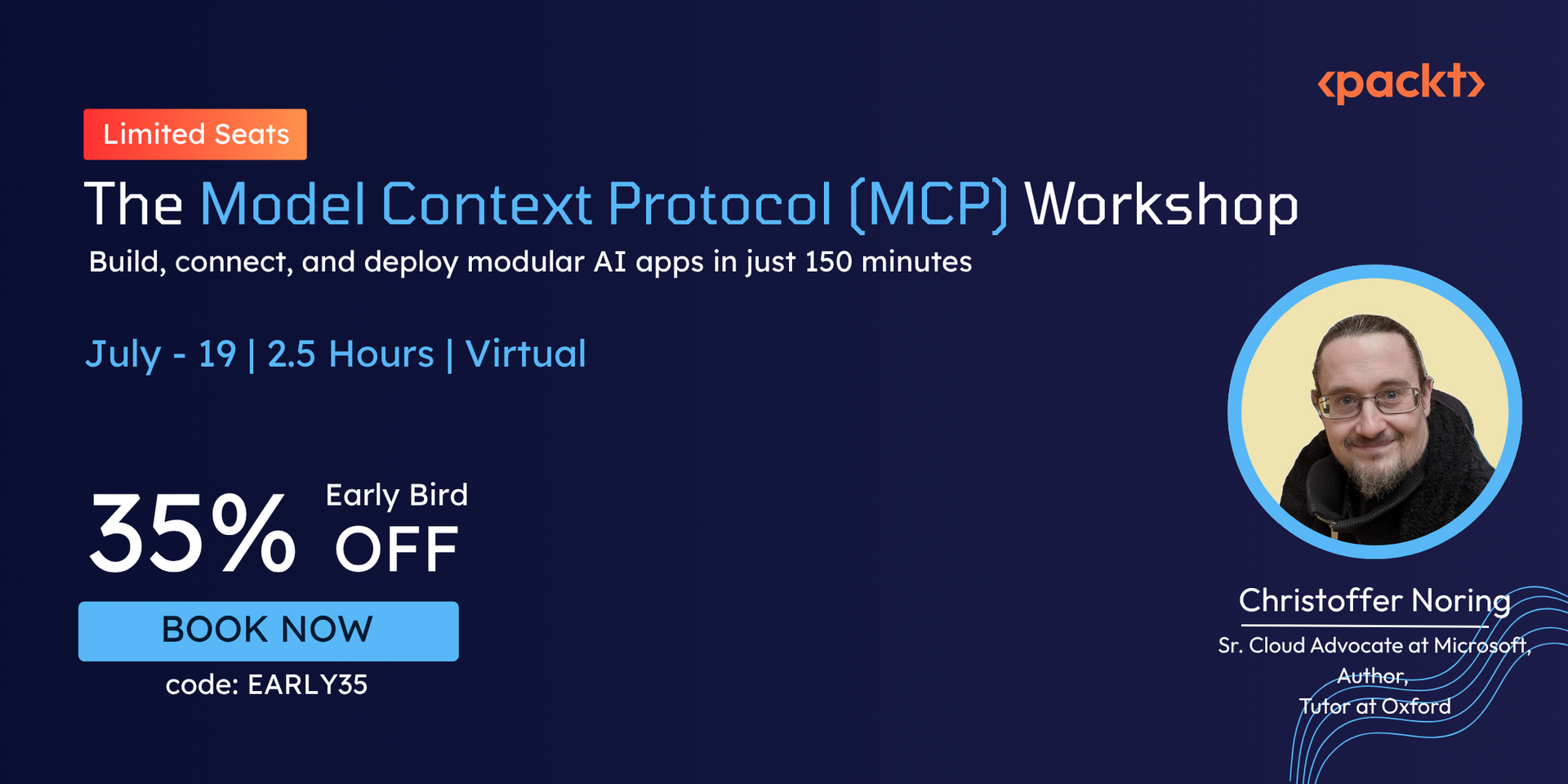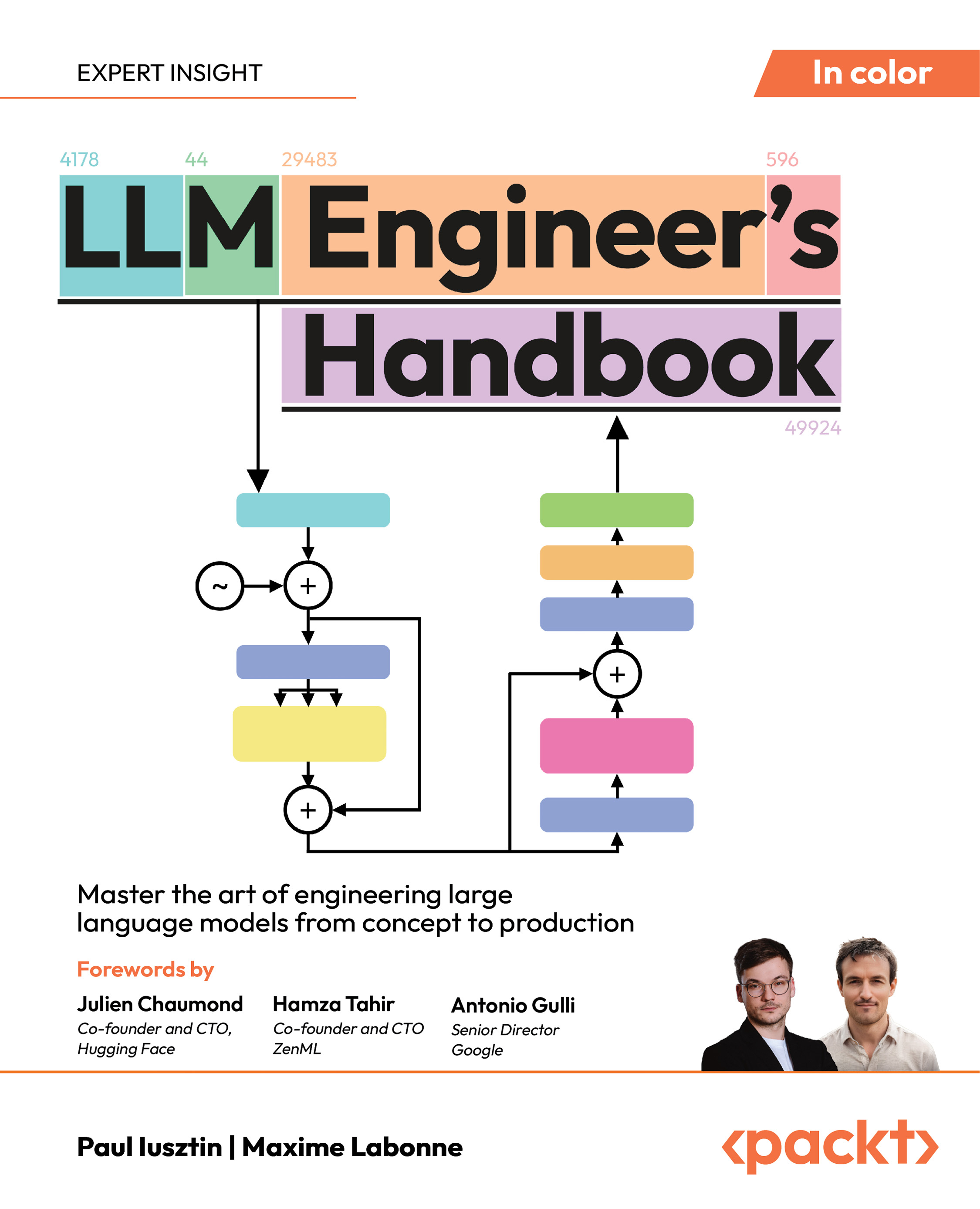Chopra offers an example from Netflix: “We once had a live-streaming event where we expected a certain number of users – but ended up with more than three times that number.” The system struggled not because it was fundamentally mis-designed, but due to hidden dependency assumptions. In a microservices world, “you don’t own all the parts—you depend on external systems. And if one of those breaks under load, the whole thing can fall apart,” Chopra warns. A minor supporting service that wasn’t scaled for 3× traffic can become the linchpin that brings down your application. This is why observability is paramount. At Netflix’s scale (hundreds of microservices handling asynchronous calls), tracing a user request through the maze is non-trivial. Teams invest heavily in telemetry to know “which service called what, when, and with what parameters” when things go wrong. Even so, “stitching together a timeline can still be very difficult” in a massive distributed system, especially with asynchronous workflows. Modern observability tools (distributed tracing, centralized logging, etc.) are essential, and even these are evolving with AI assistance to pinpoint issues faster.
So how do Big Tech companies approach scalability and robustness by design? One mantra is to design for failure. Assume everything will eventually fail and plan accordingly. “We operate with the mindset that everything will fail,” says Chopra. That philosophy birthed tools like Netflix’s Chaos Monkey, which randomly kills live instances to ensure the overall system can survive outages. If a service or an entire region goes down, your architecture should gracefully degrade or auto-heal without waking up an engineer at 2 AM. Sinha recalls an incident from his days at Yahoo:
“I remember someone saying, “This case is so rare, it’s not a big deal,” and the chief architect replied, “One in a million happens every hour here.” That’s what scale does—it invalidates your assumptions.”
In high-scale systems, even million-to-one chances occur regularly, so no corner case is truly negligible. In Big Tech, achieving resilience at scale has resulted in three best practices:
 United States
United States
 Great Britain
Great Britain
 India
India
 Germany
Germany
 France
France
 Canada
Canada
 Russia
Russia
 Spain
Spain
 Brazil
Brazil
 Australia
Australia
 South Africa
South Africa
 Thailand
Thailand
 Ukraine
Ukraine
 Switzerland
Switzerland
 Slovakia
Slovakia
 Luxembourg
Luxembourg
 Hungary
Hungary
 Romania
Romania
 Denmark
Denmark
 Ireland
Ireland
 Estonia
Estonia
 Belgium
Belgium
 Italy
Italy
 Finland
Finland
 Cyprus
Cyprus
 Lithuania
Lithuania
 Latvia
Latvia
 Malta
Malta
 Netherlands
Netherlands
 Portugal
Portugal
 Slovenia
Slovenia
 Sweden
Sweden
 Argentina
Argentina
 Colombia
Colombia
 Ecuador
Ecuador
 Indonesia
Indonesia
 Mexico
Mexico
 New Zealand
New Zealand
 Norway
Norway
 South Korea
South Korea
 Taiwan
Taiwan
 Turkey
Turkey
 Czechia
Czechia
 Austria
Austria
 Greece
Greece
 Isle of Man
Isle of Man
 Bulgaria
Bulgaria
 Japan
Japan
 Philippines
Philippines
 Poland
Poland
 Singapore
Singapore
 Egypt
Egypt
 Chile
Chile
 Malaysia
Malaysia

















